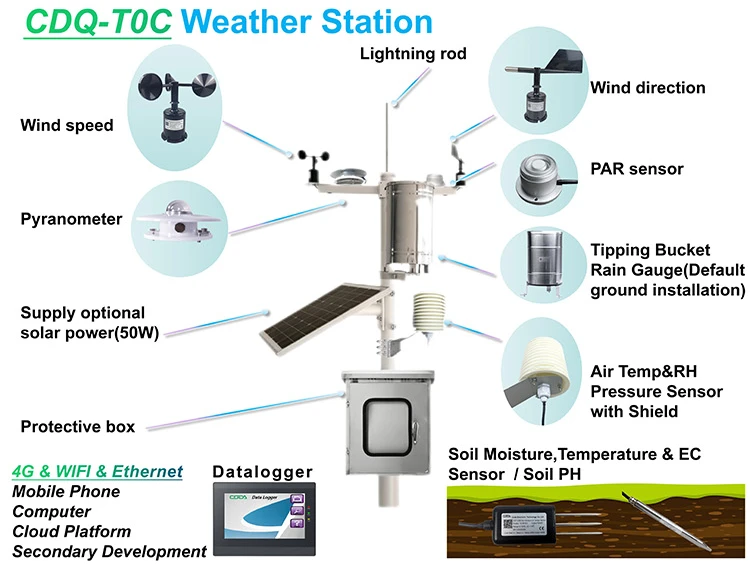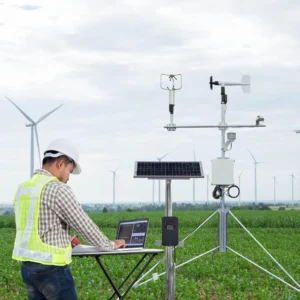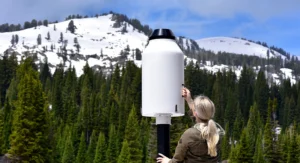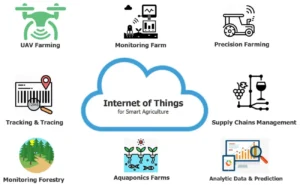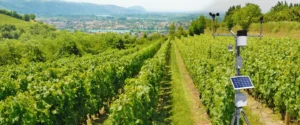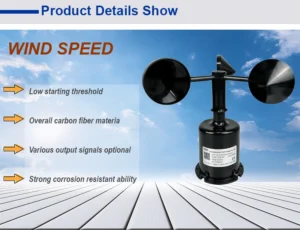Introduction to weather station types and automatic weather station price
Explanation of weather station
A weather station is a scientific setup that watches and records weather conditions. It collects a lot of weather data by regularly watching different weather elements. These include temperature, humidity, wind speed, wind direction, air pressure, rainfall, and sunlight. Next, let’s look at the prices and costs of different types of automatic weather stations.
After we process and analyze this data, it helps with daily weather forecasts. It also helps with weather research. It tracks climate change, helps farmers, makes flying safer, and aids with navigation.
Types of weather stations
Meteorological stations can be grouped in different ways. Here are some common ways to group them:
Weather stations can be grouped in different ways. Here are some common ways to sort them:
1.Classified based on the environment of use
– Indoor weather station: Mainly used for watching indoor spaces like homes, offices, and similar places.
– Outdoor weather station: This device is made to check outdoor conditions. It is helpful for farming, forestry, scientific research, and other similar fields.
2.Categorized based on intended use
– Personal weather station: perfect for hobbyists or home use.
Professional weather station: People use these weather stations to observe specific fields or environments. Examples include weather stations for farming, the ocean, and flying. People mainly use these to keep track of specific needs in their field or area. They watch and record specific weather elements based on those needs.
3.Categorized by sensor types and precision:
– Basic weather station: usually has simple sensors to measure temperature and humidity.
– Advanced weather station: has extra sensors. These include wind speed, wind direction, air pressure, rainfall, evaporation, sunlight, cloud cover, cloud formation, visibility, and more. This type of weather station provides many ways to observe.
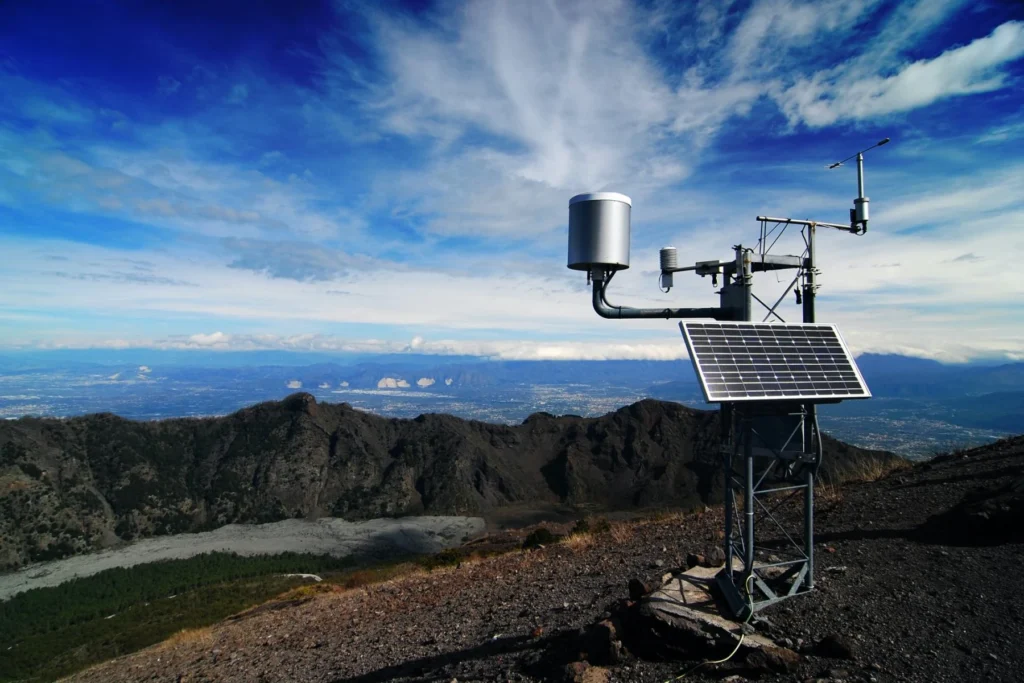
4.Categorized by the method of data transmission
– Wired weather station: involves sensors and data loggers linked through cables.
Wireless weather station: has a wireless connection between the sensor and data logger. It uses technologies like Wi-Fi, Bluetooth, and 4G.
5.Based on installation height
Ground weather station: This is the most prevalent type of weather station. It tracks weather events in real time with ground observation tools. Weather scientists often set up fixed weather stations. These stations give steady and trustworthy weather information.
High Altitude Weather Stations: These stations collect weather data from high places. They use planes and rockets to do this. They collect comprehensive data about the atmosphere. Weather stations on high mountains help us learn about the atmosphere and its changes.
6.Based on the level of intelligence
Automatic Weather Station: This weather station uses automatic tools. It can work on its own without supervision. It also logs data and sends it automatically. These stations make it easier to observe and lower labor costs.
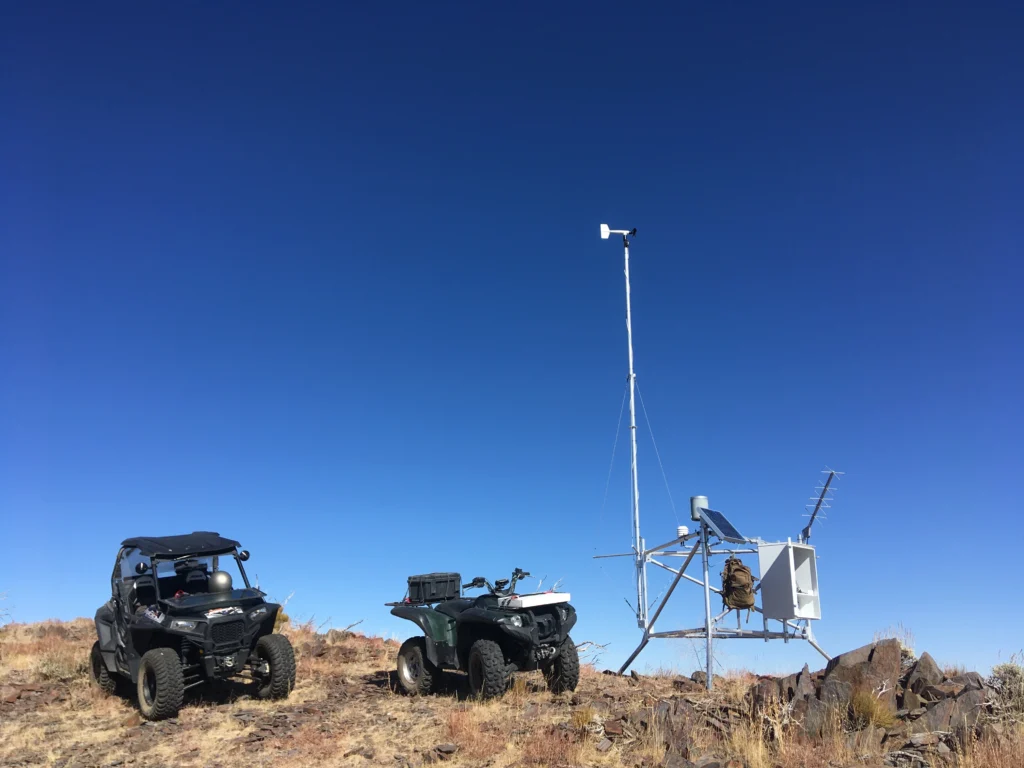
Manual weather stations depend on people to watch and write down data. Even though they are less efficient, they are still important in some special situations or during emergencies.
7.Alternative grouping methods:
7.1. Portable Weather Device: It is small and easy to carry.
This tool is great for quick measurements on-site. Prices range from a few hundred to a few thousand dollars. The cost depends on how accurate you need it to be and what features you want.
7.2. Manufacturers make weather stations that can be attached to vehicles like cars or boats. Their prices can range from a few thousand to tens of thousands of dollars. The cost depends on how long they last and how advanced the sensors are.
7.3. Portable weather stations are easy to move. They are great for field work. They are available at many different prices, from a few thousand to tens of thousands of dollars.
National benchmark weather stations are places where experts observe the weather. National Meteoric departments set them up.
These stations do not aim to make money. However, their construction and maintenance costs are very high. People do not use them to make money.
7.5. Automatic weather stations are used in different areas. These include farming, schools, solar energy, and more.
The price depends on how the system is set up and how many sensors there are. It usually ranges from a few thousand to a few hundred thousand RMB.
Compact or mini weather stations are good for personal use or small research projects. They are affordable and usually cost between a few hundred and a few thousand dollars.
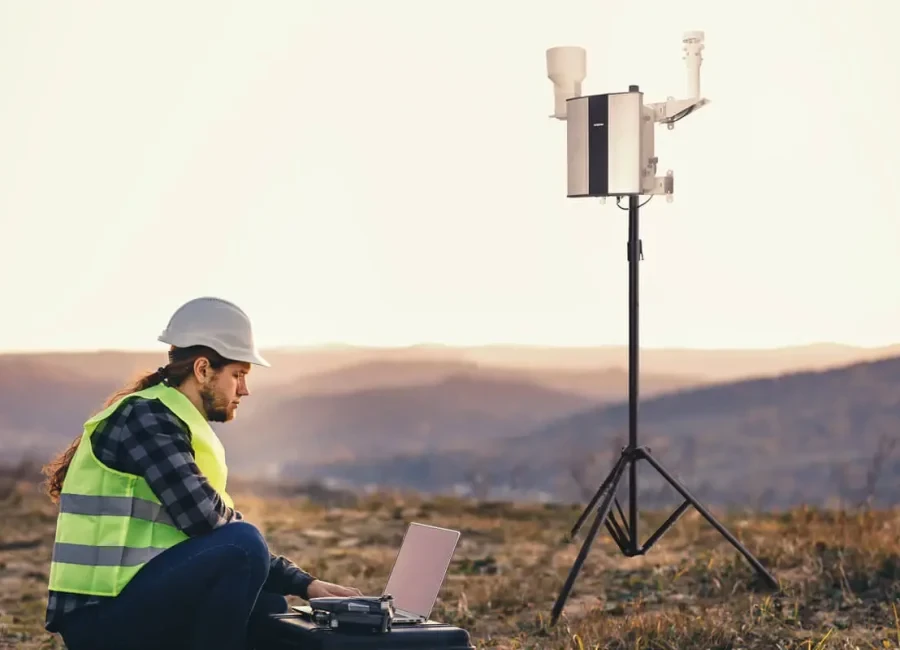
The cost of weather stations varies. It depends on the type, setup, brand, and other factors. Below is a general overview of the pricing for various types of automatic digital weather station price.
Personal home weather station
Basic: Prices range from a few tens to a few hundred dollars. These devices often have sensors for temperature and humidity.
Prices can range from a few hundred to a few thousand dollars. These costs may weather station includes sensors for temperature, humidity, wind speed, wind direction, and air pressure. They may also cover rainfall and more.
Advanced Weather Station
– Entry-Level Professional: Costs range from about $1,000 to $3,000. This makes them great for small farms or personal research.
Advanced professional type: the price ranges from $3,000 to $10,000 or more. This type is used by research institutions, big farms, and weather departments. It offers high precision and many functions.
Ground-based weather station:
The cost stays fairly steady. It is mainly affected by how accurate the instrument is and how it is set up. Typically, the price for a ground-based weather station can vary from several thousand dollars to several tens of thousands of dollars.
Elevated weather stations:
They need to attach them to aircraft or rockets for high-altitude observation. As a result, their prices are often higher. The exact price depends on a few factors. These include how high you are when observing, the observation program, and how accurate the instrument is.
Automated weather station:
The cost depends on how much automation and setup you need. The more features a weather station has, the more it usually costs. The cost of an automatic weather station usually ranges from a few thousand to 20,000 US dollars.
Manual weather stations:
These are generally more affordable since they depend largely on manual observation and data recording. However, their use is going down because of new technology and rising labor costs.
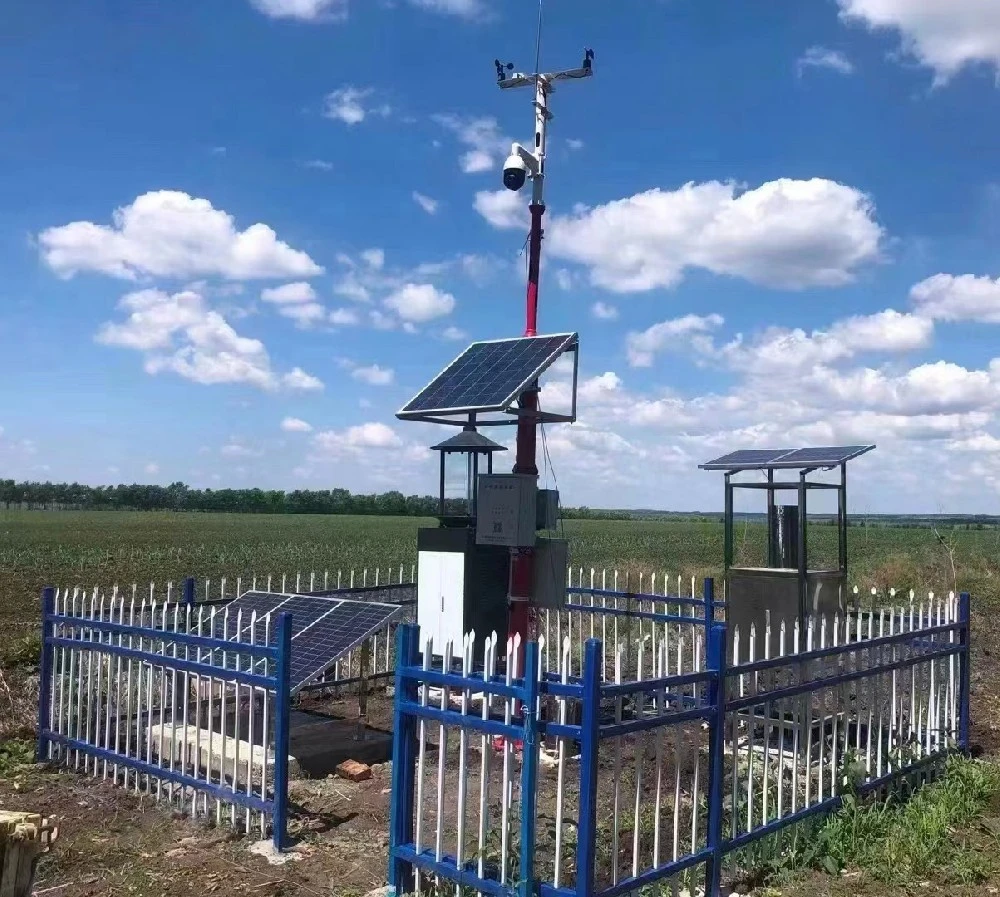
conclusion
Please note that prices can change due to technology, market supply and demand, and where you buy. The automatic weather station price above are for reference only. To make a purchase, contact the supplier or manufacturer for the most recent quote.
In conclusion, weather stations are places that observe and record weather conditions. They come in many types. These encompass personal, professional, surface, aerial, automated, and synthetic weather stations. Each type has different setups and brands.
The price of a weather station can vary a lot. This depends on factors like the number of sensors, their accuracy, and how data is sent. The level of automation and the brand also play a role.
Personal weather stations can cost from a few hundred to several thousand dollars. Professional weather stations cost more. They can range from thousands to tens of thousands of dollars. Buy things based on what you really need, your budget, and the prices from vendors.
As technology gets better, the cost and performance of weather stations will change. It is important to watch market trends.

